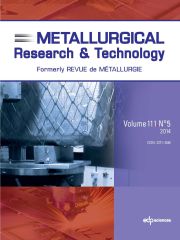Article contents
Assessing the management of small waste electrical anelectronic equipment through substance flow analysis: theexample of gold in Germany and the USA
Published online by Cambridge University Press: 08 December 2009
Abstract
The demand for precious metals by manufacturers of electricaland electronic equipment has increased significantly over thepast few years. Although precious metal concentrations inappliances are very low, these metals have a high economicand environmental relevance compared to other substancespresent in much higher quantity (e.g. iron, copper, plastics). Thisresearch project aims at describing and quantifying the flowsof small waste electrical and electronic equipment (sWEEE)in Germany and in the USA for the year 2007, based on acombination of expansive experimental investigations carriedout at TU Berlin and a review of the relevant literature. Theresults revealed that, in 2007, only around a third of the goldcontained in desktop personal computers was recovered inGermany, and over 60% was lost for the cycling economy.Despite the lack of data, insufficient collection and losses ofprecious metals due to inadequate treatment were identifiedas the main weaknesses of the system. The results reveal newfindings on precious metal cycles and support the developmentof strategies for reducing the losses of precious metals relatedto electronic waste management. The method is not only usefulfor assessing the recovery of valuable substances, but also forquantifying systematically the amount of hazardous substancesthat is disposed of in an environmental-sound way versus directreleases to the environment.
- Type
- Research Article
- Information
- Copyright
- © La Revue de Métallurgie, 2009
- 4
- Cited by


